Hand Warmers: A Real World Test

It’s a truth so widely acknowledged it’s a platitude: “It’s always darkest before the dawn.” The corollary is also true: “It’s coldest before the sun comes up.” This is just a scientific fact, because when the sun rises and the atmosphere heats up the warm air pushes cold air down into the valleys and hollows, and it gets colder in the low places and in the shadows, by a LOT…
These are the things I think about when I’m sitting in a tree stand before first light, watching the frost settle on me in thick white ribbons. I’ve climbed big mountains in the Arctic, been up over 8,000 meters on a Himalayan Peak, traversed the Wind Rivers by ski in January, and yet when I think of being uncomfortable in the cold it’s almost always, always a memory of sitting in a tree stand right here in Wisconsin.
I grew up hunting in places where tree stands aren’t often used. They’re ideal tools for hunting whitetail deer because these animals live their lives on relatively small patches of ground. If you’re patient, if there are whitetails around eventually one will walk right past you. The mule deer and elk that I grew up hunting range more widely – they were either there or they weren’t, and if they’re not there they can be miles away - so to hunt them you need to move, too. So I like to move when I hunt, because it’s what I’m used to, it’s more fun, and it’s easier to stay warm. I’m not a huge fan of tree stands; to me, they’re at best an acquired taste, and most often they’re a necessary evil.
As you might expect, I’m game for anything that’s going to make the experience of being in a tree stand more pleasant. I’m learning to live with the boredom – listening and watching for what’s happening around me has become more of an active meditation – and managing the (how shall I say?...) “biological requirements” through timing my intake of fluids has become second-nature. But staying warm has been a real problem. I more often leave the stand because my hands and feet have gone numb and my lips are blue, than because I’m bored or have to pee.
Naturally, I jumped at the chance to test Ignik’s Air Activated Warmers last hunting season. My wife has always used similar warmers because she has Reynaud’s and medically she needs help keeping her fingers warm, but I’ve never been a fan of the category. In part, it’s because I don’t like the waste, both of materials and money. A lot of this point-of-view came from having tried other warmers. I found that they didn’t always work, that they didn’t last long if they did, and they were just something else I had to throw away. It just seemed wasteful to pay money to use something that you’re only going to throw into a landfill almost immediately when you can just toughen up.

One of the things that brought me to Ignik is the fact that we align so strongly when it comes to waste. The company was conceived primarily to reduce the use of the ubiquitous green propane canisters that you see literally EVERYWHERE. For example, I found this one in the middle of nowhere on the private land where I hunt. How did it get there? Why is it there? We don’t know, but if I hadn’t picked it up it would rust-in-place until it’s gone, and that’s not for a very long time.

Ignik’s Air Activated Warmers have a similar mission and were created under “REDUCE-REUSE-RECYCLE” benchmarking guidelines.
For REDUCE, Ignik addresses this two ways: 1) They work when you open them because they use high-quality packaging materials that don’t let air in, so you don’t need to throw away 10% to 20% of every box before you use them; and 2) They maintain usable heat for a longer time, and you can use ALL of the available heat for every unit, so you’re using fewer warmers to get the job done.
For REUSE, Ignik’s packaging has a zipper closure. This means that if you’re out for just an hour, you can zip your warmer back into its package and save it for use later; when the warmer is all used up, you can use the resealable bag for other things.
For RECYCLE, Ignik uses biodegradable materials in their warming matrix: You can cut them open and put it into a compost bin, or sprinkle it into your garden or yard. There are a few more things that can be done to reduce the impact of single-use air-activated warmers, and Ignik is working on them, too. (I’d love to tell you all about this, but – well – you’ll just have to wait.)
However, none of this would mean anything if the warmers didn’t actually work. Buying and discarding something that doesn’t work as intended is the definition of waste. My experience with hand-warmers prior was just on the edge of this definition, as more often than not the warmers I bought didn’t work, or didn’t work well enough, and so I’d rather just suffer numb fingers without them than throw money away and material into landfills.
Ironically enough then, the first thing I did when preparing for hunting season last fall was to buy a box of every other brand of hand-warmers on the market. I had seven different models from several different brands, along with Ignik’s entire catalog of air-activated warmers. To make it a fair test, I decided to treat them all the same, even though right out of the gate there’s a major difference: Ignik’s resealable packaging is unique and essential. With other warmers, if you open one for the pre-dawn sit in the tree-stand, even if you only use it for an hour it’s done and you need to use another one for the sunset sit that evening. With Ignik, you use it while you’re sitting, reseal it in its case, then open it again the next time you go out. That’s a game-changer, right there. So what I did for the test was pack along some extra resealable bags, and used every warmer from every brand as if it had the same feature, but it doesn’t. At the end of every session, I resealed all the warmers and saved them for the next time.
I did this so I could conduct a blind test. With all of the warmers out of their original packaging and consolidated in the same gallon Ziploc bag, I reached in without looking and selected two for each session, putting one in one pocket, and the other in the other. Then I went to sit in the tree stand as they began to do their thing.
What I found: Some of the warmers got hot very quickly, like almost uncomfortably so, and then began to lose heat just as fast. After not very long, you could tell that they were kinda-sorta working still. You didn’t want to change them out because there was still some heat left, but they weren’t doing a very good job. In fact, this describes most of the warmers. Others built to a fine warmth and then maintained that warmth for a very long period of time. Then, they cooled off and at that point, you knew it was time to change them out.
The other thing I noticed was how the warmers felt in my hand. Some were quite thin, which also made them very light. These became something I would knead in my pocket, trying to milk the last warmth out of them. They felt like wadded Kleenex in my pocket, pretty quickly. Others had a decent weight in my hand and felt like something you could grab onto. They were just a little bit bigger and heavier. The alpinist in me wondered whether they weighed a lot more, but then I remembered: I wouldn’t be taking these on long backcountry trips; these are for sitting in the tree stand or on the chairlift, so weight and bulk doesn’t matter that much. I found I preferred to grab onto the heavier ones, and these were also the longest-lasting, warmest warmers.
It’s probably not a surprise that after not very long I could distinguish the Ignik warmers from all the others, even though I grabbed them blindly from the bag – most often in the dark – and didn’t look at them again until the end of the day. The Ignik warmers were the ones that maintained consistent warmth all day and felt good in my hand.
I found out later why this was so: The patented feature on the Ignik air-activated warmers is that the warmer shell controls how much air gets to the warming matrix. By manipulating this ratio, Ignik can control both the temperature as well as the burn time. Ignik sets their hand warmers at about 140F, and at this temperature, they burn consistently for about ten hours. Others will get hotter, more quickly, and then cool off to about body temperature for a very long time, which hardly does the job. Ignik provides a usable heat for the duration of the warmer’s use; other brands provide a measurable heat for perhaps a longer duration, but it stops being usable very quickly.
All of this is true of the Ignik’s other warmers, as well. Ignik doesn’t market their Air Activated Device Warmers for use on the body, but the truth is they work quite well for this. They’re calibrated to burn at a lower temperature – about 120F – for a longer period of time relative to their unit weight. I found that they were perfect to attach to put on my sternum and over my kidneys, and on my glutes and thighs. This maintained a very comfortable and very even heat throughout my clothing system, with no hot spots and I wasn’t cold.
I tried other brands of body warmers, too. My experience was similar to the hand warmers: They got very hot and uncomfortable, and I had hot spots in sensitive areas where you really don’t want to feel like you’re burning. Then, just about the time that they got “comfortable” they also seemed to stop working, and I got cold.
I also put an Ignik device warmer on my iPhone, which helped a lot. Over the years, I’d grown used to sitting down before dawn in a tree stand, expecting that my phone wouldn’t work as I walked out at about 9 am. It’s hard to keep the phones both warm and accessible, especially when you’re bundled up and cold yourself.
Another difference between hunting in Arizona and Wyoming where I grew up, compared to hunting here in Wisconsin, is that during hunting season you can go every day, here. Hunting used to be at least a weekend-long activity involving camping and often went on for a week or more. In Wisconsin, I can and do go before and after work, or after watching a Badger game on a Saturday. I just need to be in the tree stand by 4 pm, and I’ll likely be home by 7 pm.

So I was surprised one-day last season when my daughter Misa asked to join me on an afternoon sit. She’s not a hunter, and in fact, she’s vegan. But she understands my reasons for hunting and also knows that it’s important to our ecosystem that someone does. This said, I never expected her to want to come along as an observer.
On the short drive out to the stand, I talked with her about what we were going to do, and about what would happen if I were to harvest a whitetail. We arrived as the late afternoon light went golden, and walked the short distance into the stand. I had my rifle, and Misa was armed with a camera. We decided that she would take a seat in the stand, and I would sit on a bucket nearby, as we watched a small slough that deer often use to travel between nearby cornfields. We weren’t waiting long when Misa looked down to me, and silently mouthed the word “deer.” As we watched, a yearling walked out in front of us about fifteen yards away. A possum walked up from the other direction, and the two animals stood on the trail as if greeting one another. It was a moment that was all too perfect to disturb with gunfire, and – besides – the deer was too young and small. We watched as the animals walked their separate ways, and we sat warmly in our seats as the sun set.
We don’t always go outside for the hunting, after all…
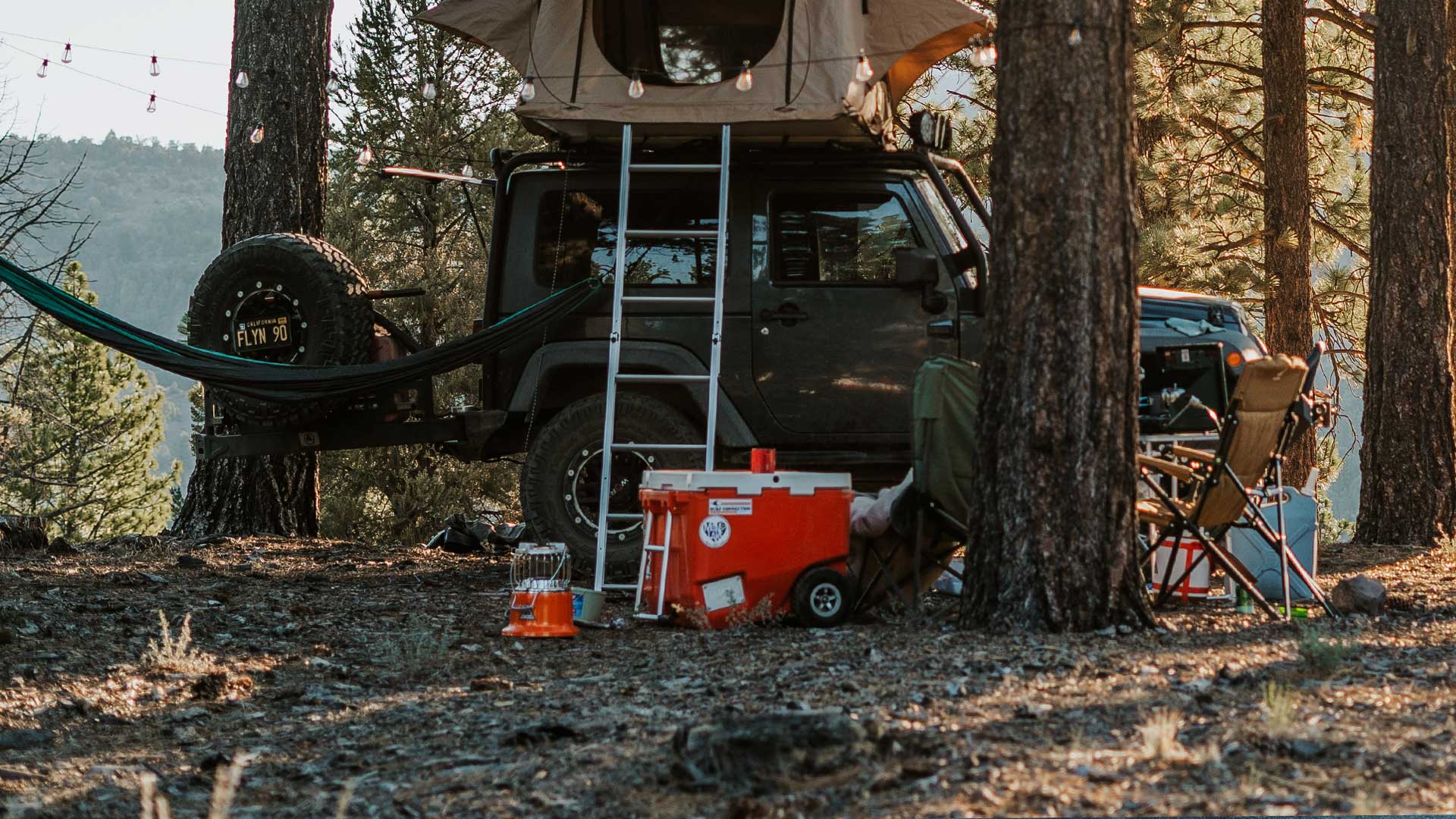
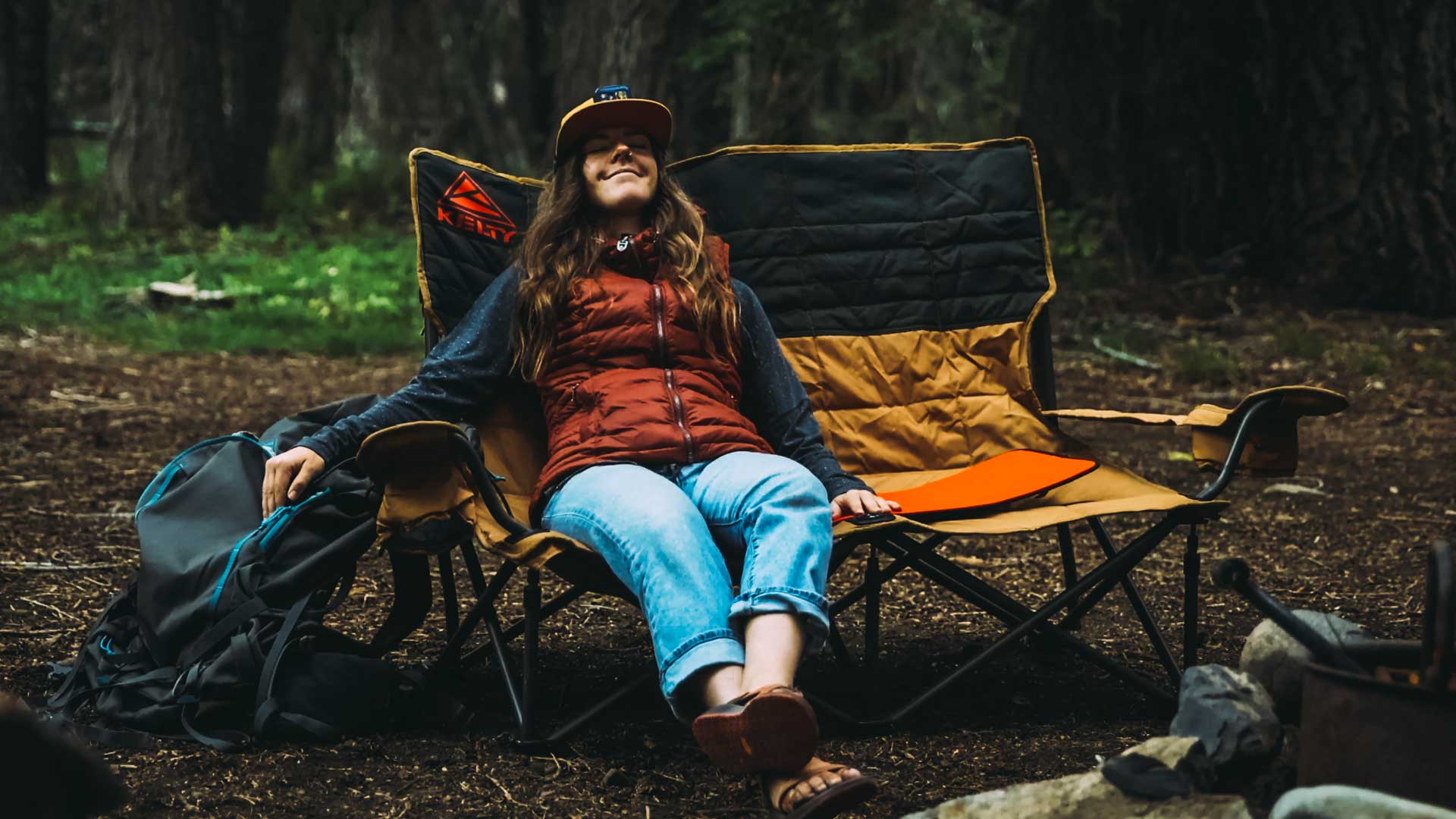
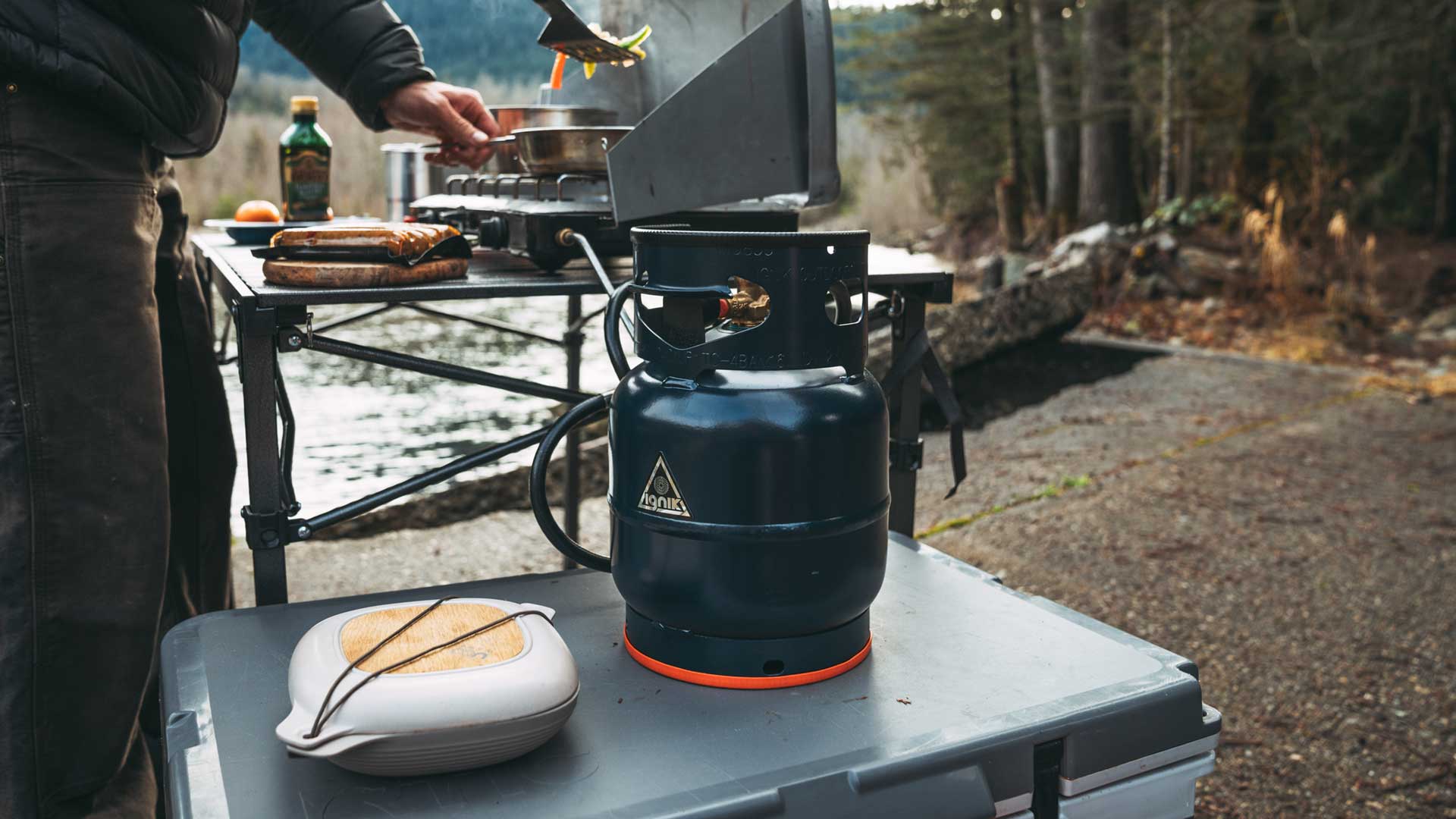
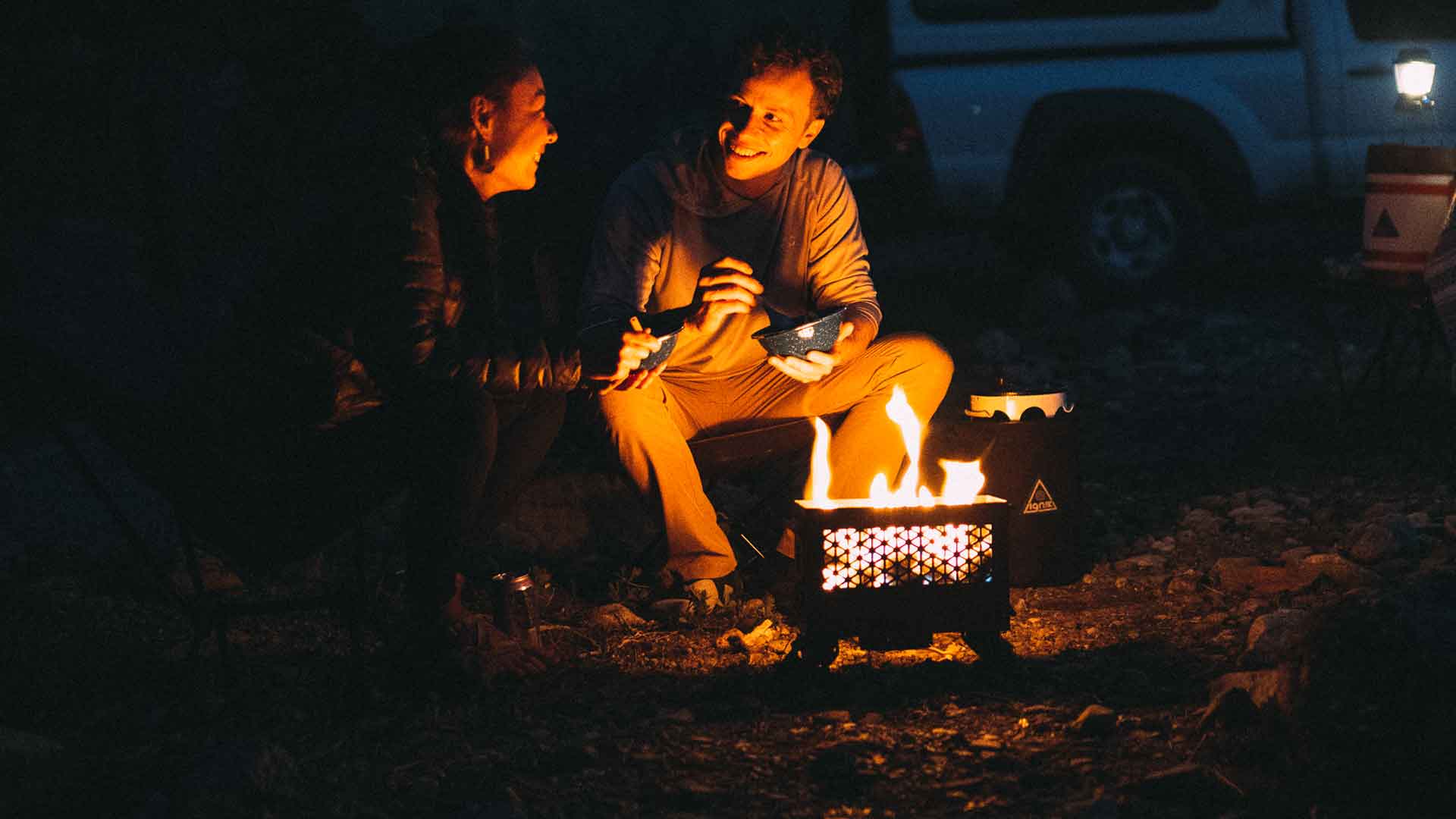
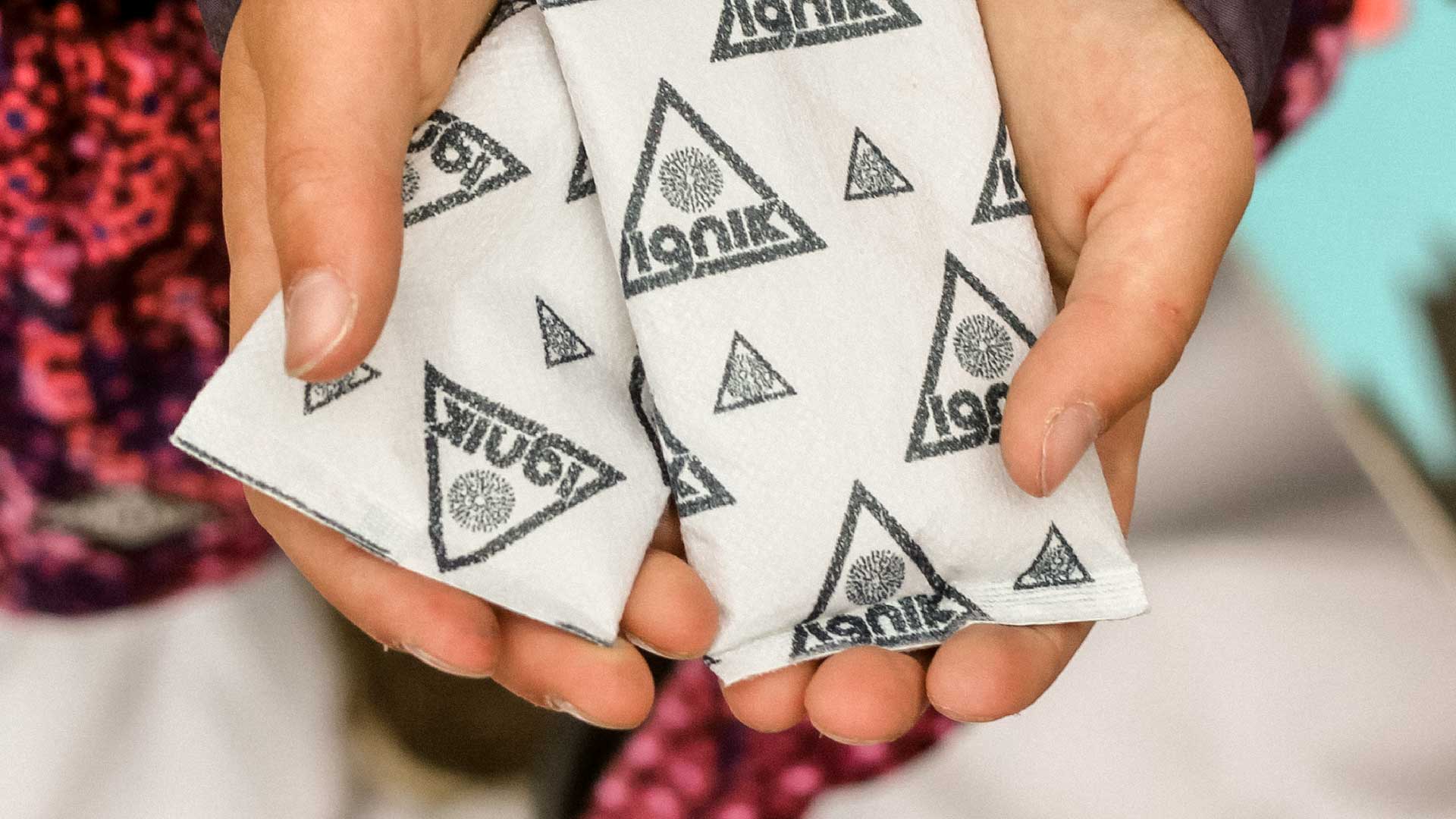
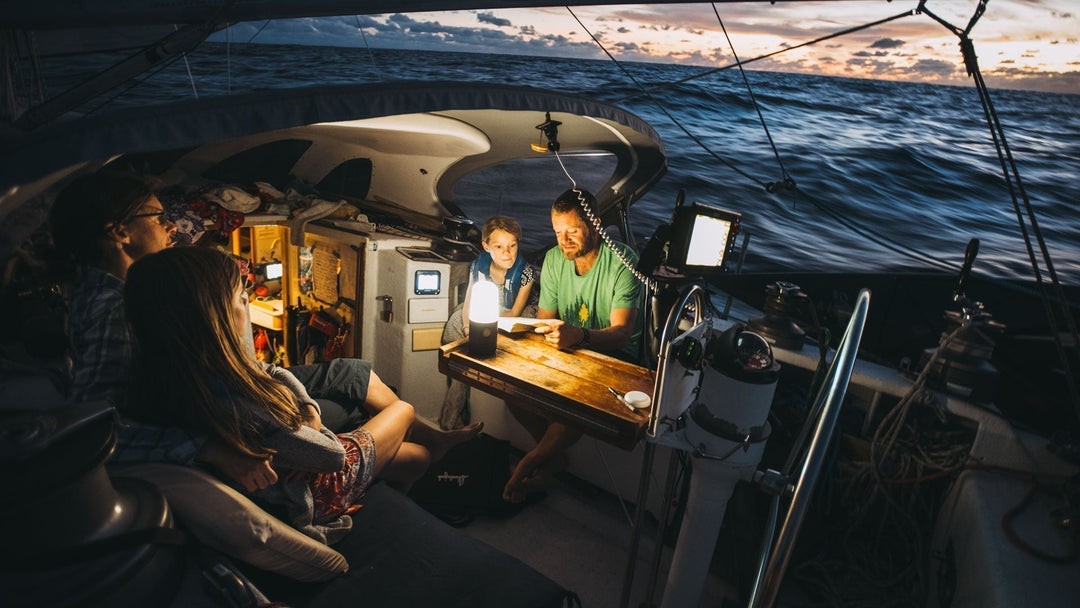
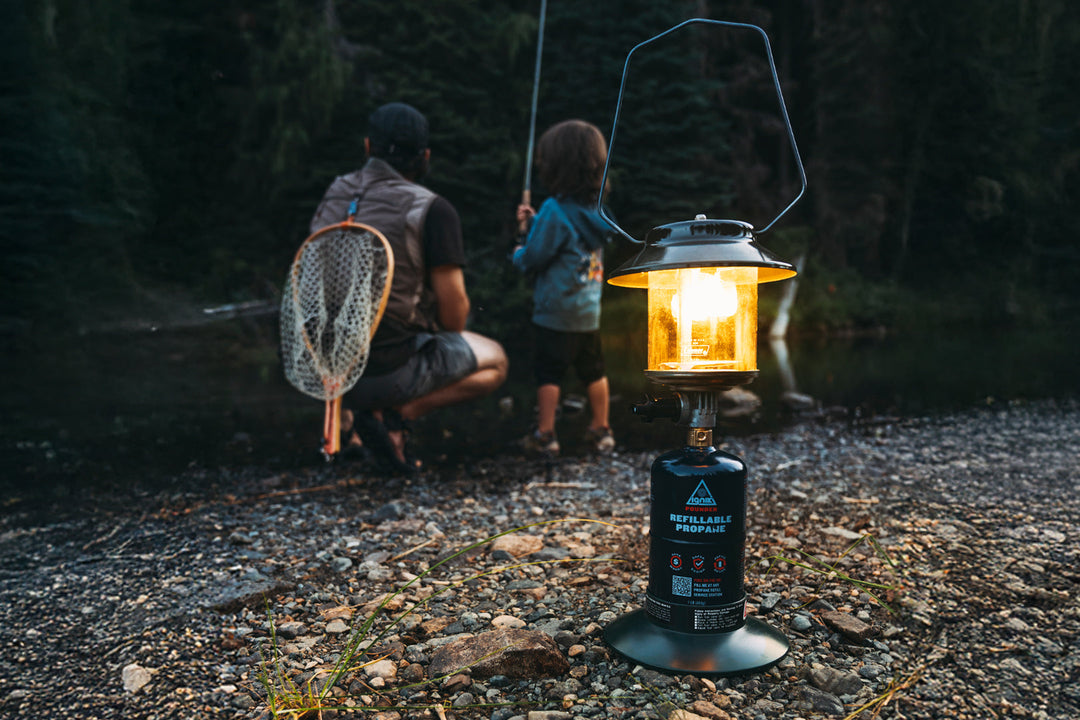
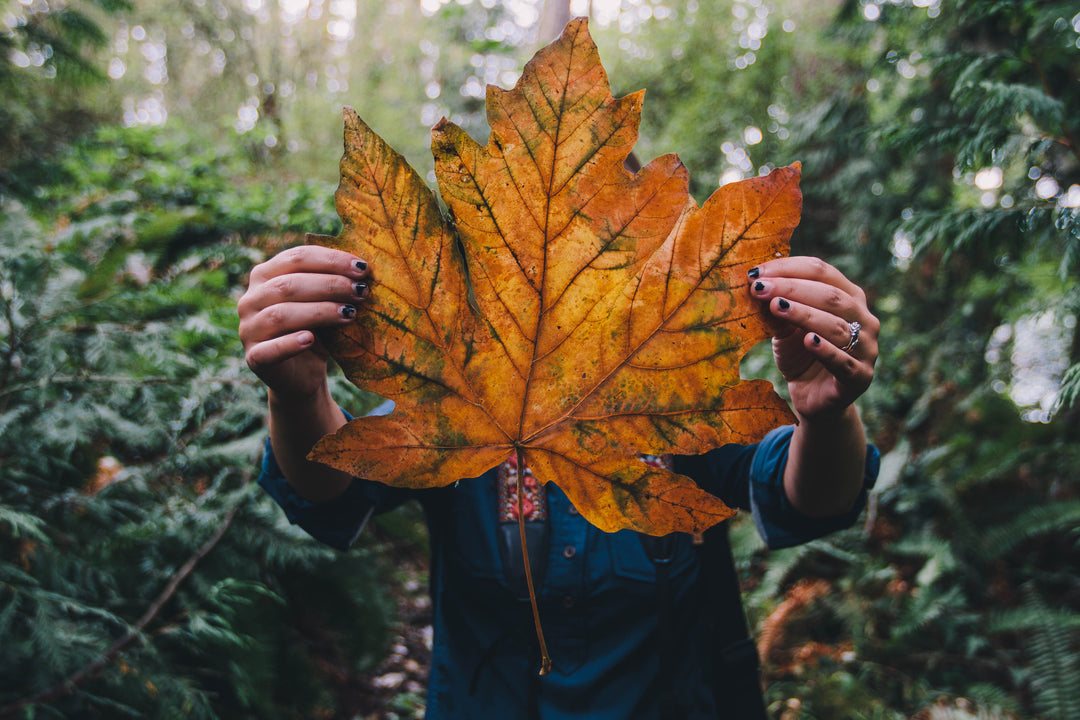
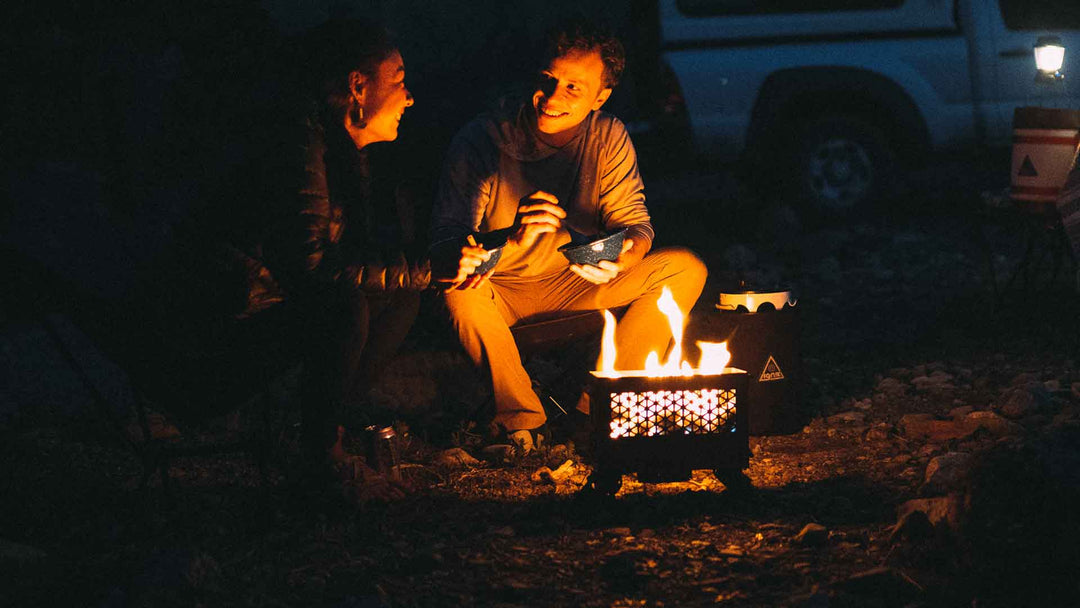
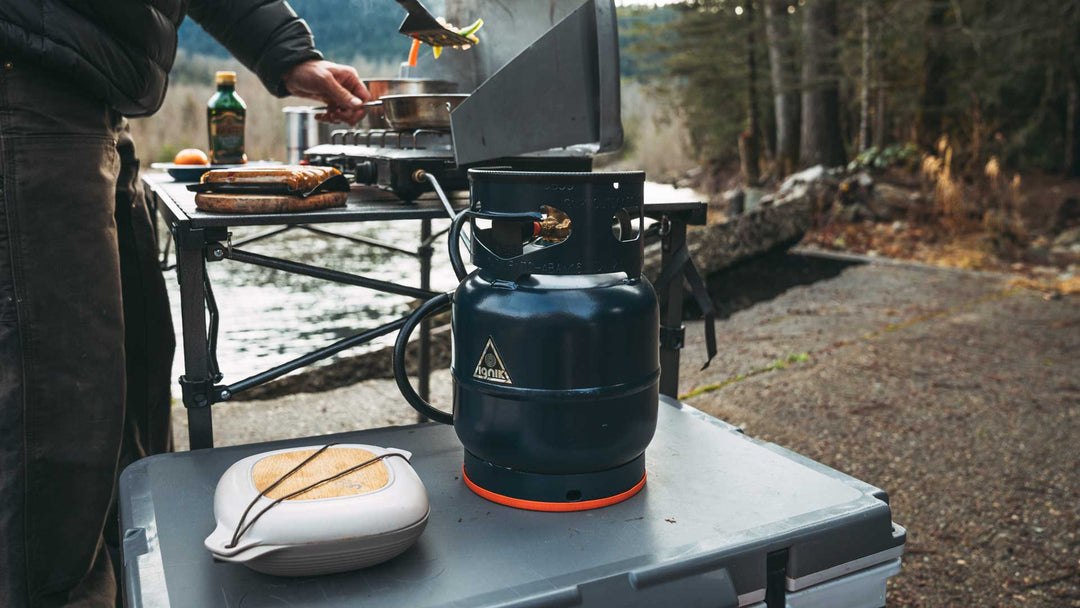
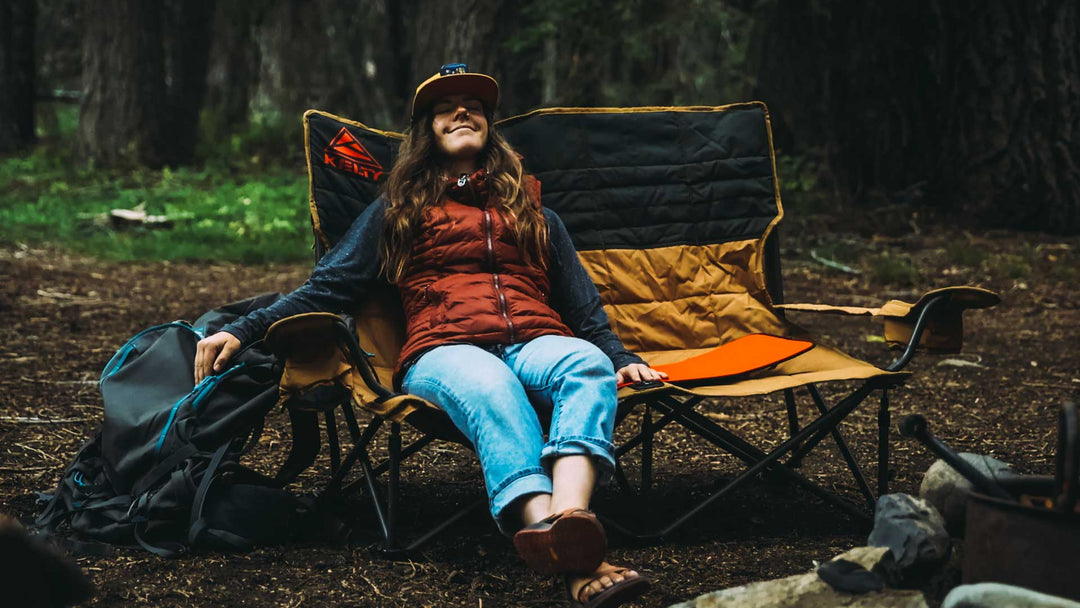
Leave a comment